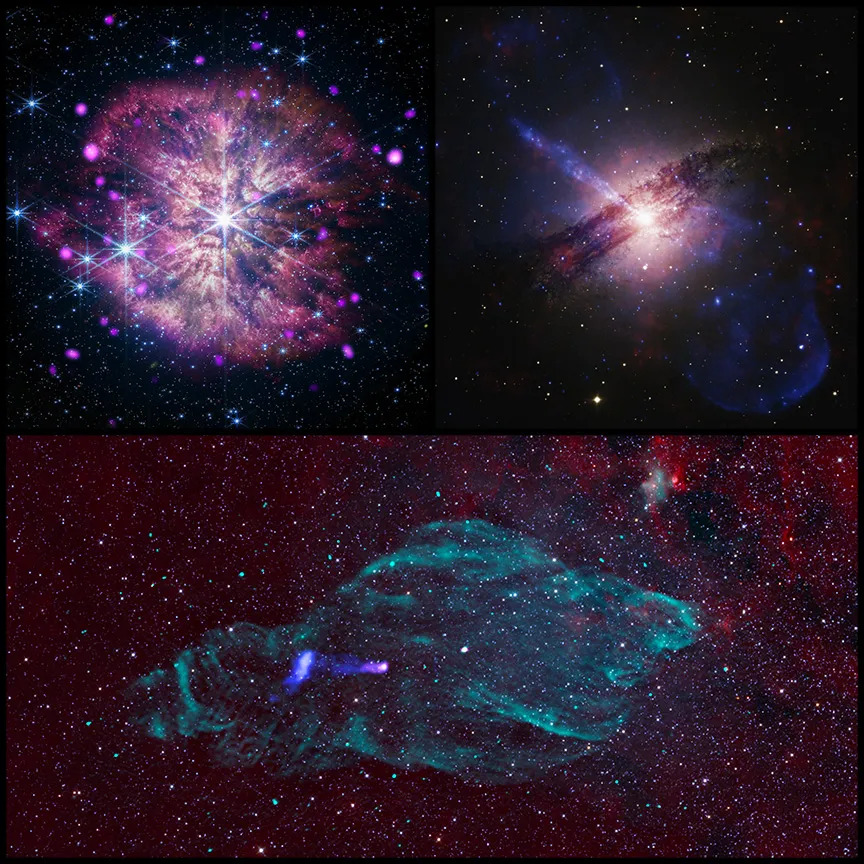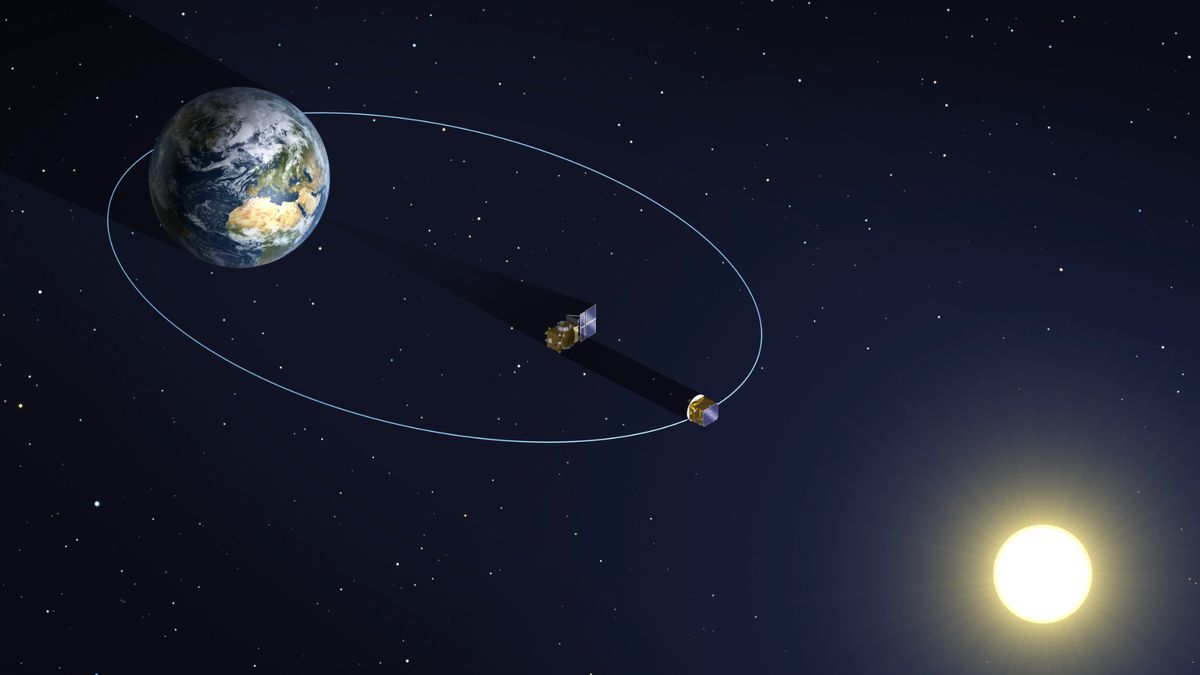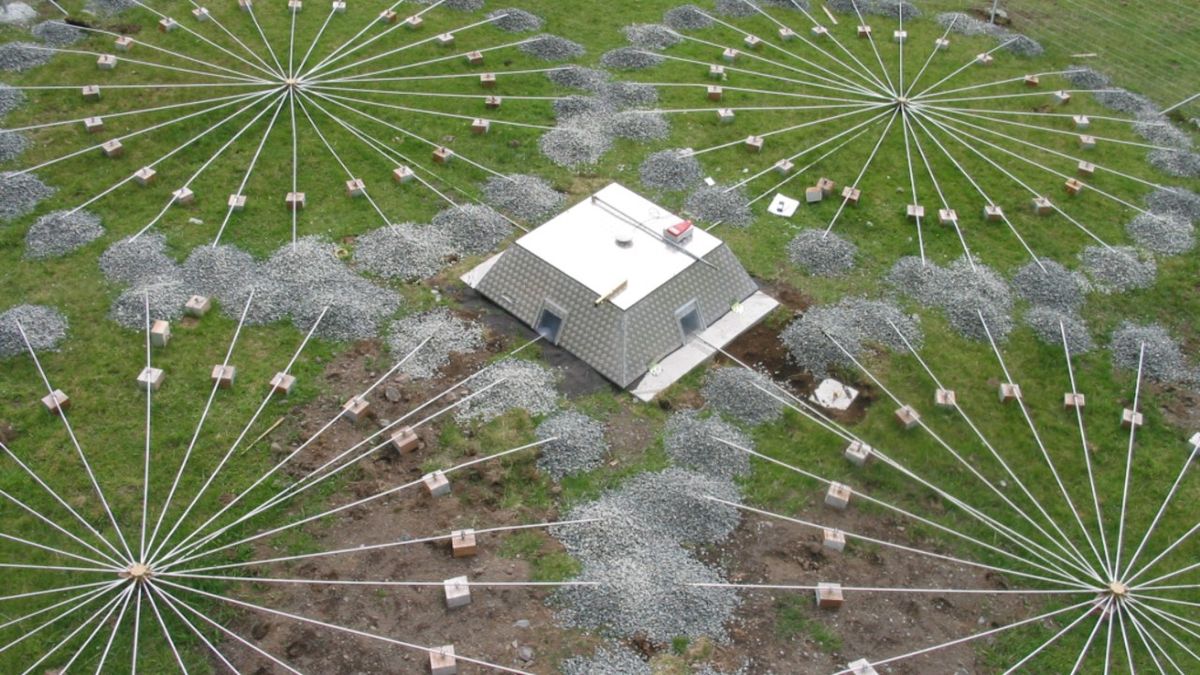Scientists have transformed new data from space telescopes into cosmic soundscapes, turning the mysterious activity around black holes into a symphony of the universe.
These auditory representations, or sonifications, were created using data from NASA's Chandra X-ray Observatory, James Webb Space Telescope and Imaging X-ray Polarimetry Explorer (IXPE). By assigning musical notes to various data points, space observations can be translated into sound, allowing listeners to "hear" the cosmos.
The three new sonifications feature data from multiple celestial objects, each representing different aspects, or developmental stages, of black holes, according to a statement from NASA.

The first melody captures the potential birth of a black hole. It surrounds a massive star named WR 124 violently shedding its outer layers, producing a glowing nebula of expelled gas and dust. Located about 28,000 light-years from Earth, WR 124 is known as a Wolf-Rayet star — a bright, short-lived massive star — and, as it nears the end of its life, the process of shedding its outer layers could end in a dramatic stellar explosion (called a supernova). That should leave behind a black hole.
The sonification of WR 124 begins with a descending scream-like sound near the star’s hot core and incorporates musical instruments like flutes, bells, harps and strings as the glowing stellar material expands outward, highlighting the nebula’s turbulent, possibly transformative phase.
The second sonification captures a cosmic duet from SS 433, a binary star system located 18,000 light-years from Earth where a sun-like star orbits a heavier companion — such as a neutron star or black hole. Fluctuating X-ray emissions are translated into different pitches and instruments, while chiming water drop sounds represent bright background stars and plucked notes signify the location of the duet amid a massive cloud of interstellar dust and gas.
The third and final movement features Centaurus A, a galaxy located 12 million light-years from Earth with a supermassive black hole at its center that's launching a powerful jet across the galaxy. In this sonification, X-ray emissions are translated into wind chime and breeze-like sounds, while visible light data is transformed into string instrument tones, capturing the galaxy’s stars and structure in a sweeping, musical finale.









 English (US) ·
English (US) ·